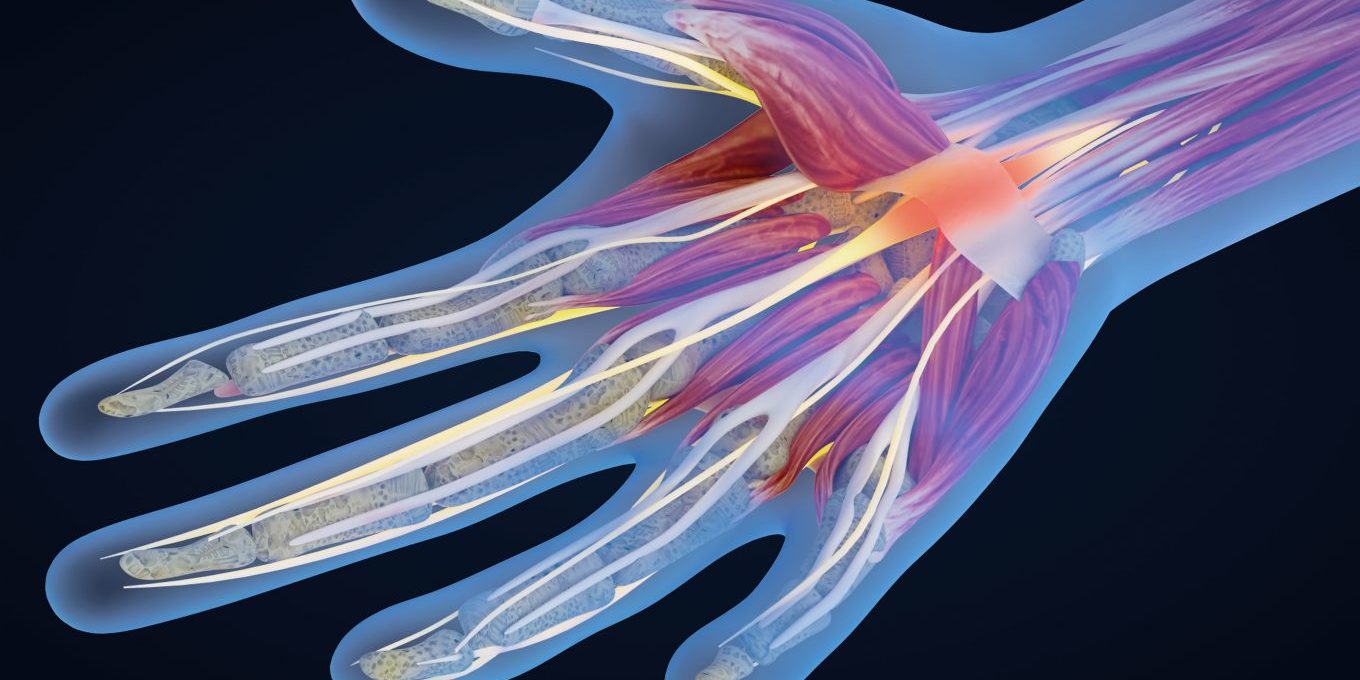Carpal tunnel syndrome doesn’t discriminate and can affect anyone. Those affected by carpal tunnel often don’t know the proper medical professional to seek diagnosis and treatment. Usually, a neurologist or spine specialty physician will be the best resource. Before speaking with a neurologist to determine if carpal tunnel release is the best option, let’s go over what carpal tunnel syndrome is and how the physicians of GNS Surgery Center may be able to help.
Understanding carpal tunnel syndrome
Before we jump into the treatment of carpal tunnel and how a neurologist might best be able to help, we must understand the cause of the condition. The short answer is that carpal tunnel is due to pressure on the median nerve that runs from the palm to the forearm. This nerve is composed of several tendons surrounding the tissue and bones inside your wrist and passes through a hole at the wrist (the carpal tunnel), where it controls the movement of your fingers.
When that nerve is squeezed, it becomes irritated, leading to pain, numbness, or weakness of the hands, wrist, and fingers.
Common symptoms
Carpal tunnel usually starts gradually and might include tingling or slight numbness in the wrist, hand, or fingers. Typically, the thumb, index, middle, and ring fingers are more impacted than the pinky. This tingling might feel like the sensation of needles and can progress to shooting pain through the wrist and forearm. Other common symptoms include:
- weakness of the hand
- clumsiness of the hand or loss of grip
- aching or sore wrist
- painful hands during sleep
- a loss of feeling in a few fingers
The above symptoms are caused by the compression of the median nerve and can become more severe over time without treatment.
Causes behind the condition
There’s no single factor behind carpal tunnel syndrome, and the condition can develop in a person for several reasons. According to the American Academy of Family Physicians, around 3-6% of adults suffer from carpal tunnel, primarily due to the following factors:
- pregnancy
- gout
- rheumatoid arthritis
- broken wrist
- diabetes
- family genetics
- hypothyroidism
- repetitive hand or wrist motions
Treatment and how a neurologist can help with carpal tunnel release
The first step is for your physician to determine the severity of your condition. Diagnosis often involves a physical examination and needle electromyography (EMG) test to determine if the muscles in your hand and wrists are responding correctly to nerve signals. Testing will better allow your physician to determine the severity of the condition and the best course of treatment.
Many carpal tunnel symptoms can be relieved with physical exercises, rest, wrist braces, medication, or some combination of the above. Cortizone injections into the wrist provide many patients with relief. While conservative, non-surgical techniques are the first step – other times, carpal tunnel release surgery is a better option.
Carpal tunnel release surgery is usually an outpatient procedure, and patients are back home on the same day of the surgery. The surgery is often very quick, and the surgeon makes an incision at the base of the palm to relieve pressure on the median nerve.
Once the surgery is over, most patients experience some stiffness in their hands but are back to doing many everyday activities within a couple of months.
If you have a question about carpal tunnel, please contact us to make an appointment and speak with a GNS neurologist.






